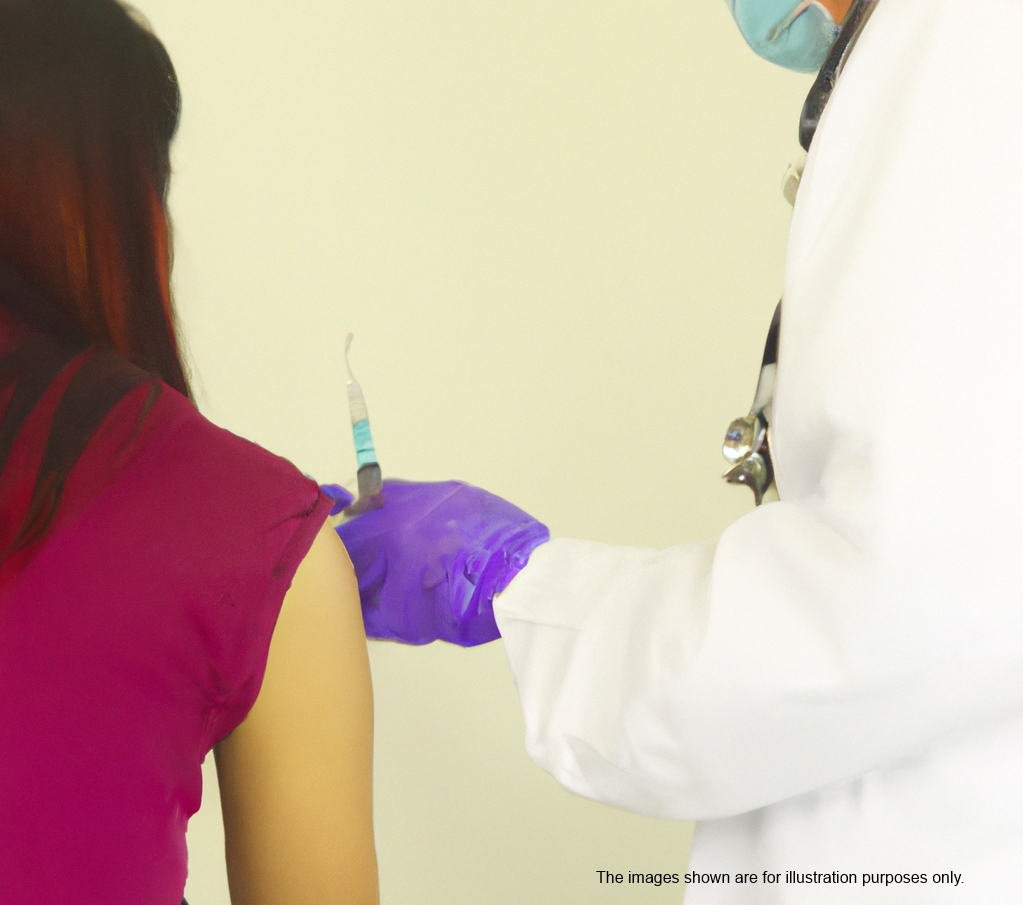Vaccinations

Vaccination involves administering antigenic material (a vaccine) to trigger
an individual's immune system to develop adaptive immunity against a
disease. Vaccines can prevent or lessen the impact of infections caused by
various pathogens. The effectiveness of vaccination has been extensively
researched and confirmed, with examples including the influenza vaccine, the
HPV vaccine, and the chickenpox vaccine, among others.
Generally, vaccination is recognized as the most effective method for
preventing infectious diseases. The active component of a vaccine may
consist of intact but inactivated (non-infectious) or attenuated (with
reduced infectivity) forms of the disease-causing pathogens, or purified
components of the pathogen that have been found to be highly immunogenic
(such as the outer coat proteins of a virus).
Toxoids are developed for immunization against toxin-based diseases,
involving modifying toxins like tetanospasmin toxin of tetanus to eliminate
their toxic effects while retaining their immunogenic properties.
Since their inception, vaccination efforts have faced controversy on
scientific, ethical, political, medical safety, religious, and other
grounds. Despite initial challenges, early successes and mandates led to
widespread acceptance, and mass vaccination campaigns have been instrumental
in significantly reducing the incidence of many diseases in various
geographic regions.
Types of Vaccines
All vaccines function by introducing a foreign antigen to the immune system
to provoke an immune response, but there are several methods to achieve
this. The four primary types currently in clinical use are as follows:
1. Inactivated vaccines: These consist of viruses or bacteria grown in
culture and then killed using methods like heat or formaldehyde.
2. Attenuated vaccines: Live viruses or bacteria with very low virulence are
administered.
3. Virus-like particle vaccines: These include viral proteins derived from
the structural proteins of a virus.
4. Subunit vaccines: They present an antigen to the immune system without
introducing viral particles, whole or otherwise.
Vaccinations in Malaysia
Mandatory Vaccinations
- BCG: Administered at birth to prevent tuberculosis.
- Hepatitis B: Given at birth, 1 month, and 5 months to prevent Hepatitis B.
- Triple (Diphtheria, Tetanus, Pertussis) and Polio: Administered in 3 doses
with booster shots at 18 months-2 years and 5-7 years to prevent diphtheria,
tetanus, pertussis, and polio.
- Haemophilus Influenzae B: Given in 3 doses with a booster at 1½ years to
prevent against Haemophilus Influenzae B.
- Measles, Mumps, and Rubella: Administered after one year old in two doses
to prevent against measles, mumps, and rubella.
Recommended Vaccinations
- Influenza: Given annually to protect against influenza.
- Chickenpox: One jab for life to protect against chickenpox.
- Pneumococcal: Given as three doses in the first six months with a booster
after a year to prevent pneumonia, meningitis, and infections.
- Rotavirus: Given in three doses, a month apart, alongside the triple shot
to prevent rotavirus infection.
- Hepatitis A: Given above the age of two in two doses, six months to a year
apart, to protect for life against Hepatitis A.
folder_open Medicines Information